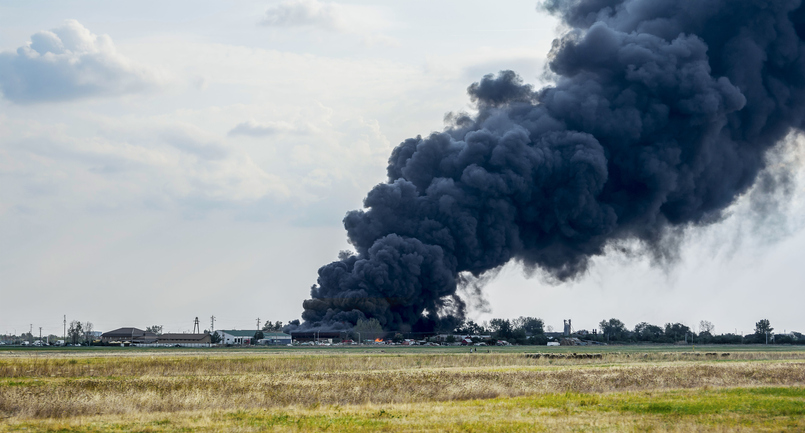
The U.S. Chemical Safety Board is pushing the nation’s top environmental regulator to rethink its stance on hydrofluoric acid, following two major refinery explosions in the past four years.
Refineries Use Hydrofluoric Acid to Boost Octane in Gas
Hydrofluoric acid, AKA hydrogen fluoride, is used as a catalyst to boost octane in gasoline at about half of the nation’s refineries. The chemical is highly toxic, however, and can cause serious injury, or even death, at a concentration of just 30 parts per million.
In 1990, the U.S. Congress ordered the Environmental Protection Agency (EPA) to study hydrofluoric acid to identify potential risks to the public and the environment. Three years later, the agency reported that an accidental release could travel great distances as a dense vapor or aerosol cloud, possibly endangering the public and resulting in severe consequences.
Yet the EPA did not recommend any legislative action at that time, asserting that existing regulations already “provide a solid framework for the prevention of accidental chemical releases and preparedness in the event that they occur.”
EPA Urged to Review Hydrofluoric Acid Study, Explore Alternatives
Since 2015, however, the U.S. Chemical Safety Board has investigated two incidents in which refinery explosions elevated the threat of an accidental hydrofluoric acid release:
- The February 2015 ExxonMobil Refinery explosion in Torrance, California.
- The April 2018 Husky Refinery explosion in Superior, Wisconsin.
“In both investigations, the CSB conducted a public hearing in which members of the surrounding communities indicated great concern about the adequacy of the risk management strategies for the use of HF and the effectiveness of community notification procedures in the event of a catastrophic release,” Board Interim Executive Kristen M. Kulinowski wrote in a letter to the EPA dated April 23rd.
The letter urged the EPA to review its 1993 study to ensure that refineries’ risk management plans are sufficient to prevent catastrophic releases and explore the “viability of utilizing inherently safer alkylation technologies in petroleum refineries.”
Husky Refinery Will Use Hydrofluoric Acid after Rebuild
Friday will mark the 1-year anniversary of the Husky Refinery explosion in Superior, Wisconsin. The blast injured 36 people, including 11 refinery and contract workers, and forced the temporary evacuation of nearly all of Superior’s 27,000 residents.
The explosion also punctured a steel tank full of asphalt, spilling more than 15,000 barrels and sparking a fire that destroyed much of the facility. The refinery’s hydrogen fluoride tank was in the vicinity of the asphalt tank.
Husky Energy recently announced that it would invest over $400 billion to rebuild the Superior refinery. But despite the urgings of many residents and public officials, the project won’t involve retooling the facility’s alkylation process to eliminate the use of hydrofluoric acid.
“The largest risk to the public at the Husky refinery is undoubtedly hydrogen fluoride,” Ginger Juel, co-founder of the Twin Ports Action Alliance, told the Minneapolis Star-Tribune shortly after the announcement. “Is public safety less important than the investors’ bottom line?”
Contact Our Undefeated Plant Explosion Lawyers for a Free Consult by Calling 1-888-603-3636 or Click Here
Our Undefeated Refinery Explosion Lawyers have won over $1 billion for our clients, including thousands of workers throughout the United States who were injured or tragically killed in connection with every major plant, pipeline and refinery explosion in recent history.
Call 1-888-603-3636 or Click Here to send us a confidential email via our “Contact Us” form.
All consultations are free and, as we only represent clients on a contingency-fee basis, you’ll pay nothing unless we win your case.